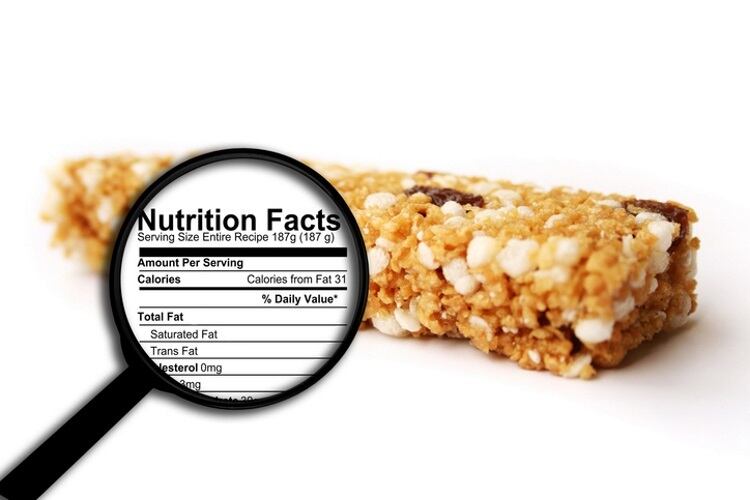The Clean Label Webinar – hosted by BeverageDaily’s sister journal BakeryandSnacks – is tapping some of the best minds the sector has to offer to explore exactly what clean label means – both for people and the planet.
While there is no official definition, clean label is, in fact, a movement following perceived consumer perception, purportedly borne out of a desire to avoid genetically modified foods in the late 1990s.
It has subsequently evolved further to mean so much more – which is admittedly causing confusion – but consumers – especially the big-spender Millennials – know what clean label is when they see it.
They are dedicated followers of product labels and will avoid any that sport an extensive ingredients list. Anything chemical-sounding and unidentifiable is taboo, as are those that are perceived to be artificial or synthetic, and those that serve no nutritional or functional benefit.
Last year in the US, 63% of adults claimed the ingredient list impacted their purchasing decision, while 64% arduously follow the movement, according to the International Food Information Council’s (IFIC).
Inauthentic, unwanted and incomparable
The trend started as an industry response to consumer concern about inauthentic ingredients, like genetically modified organisms and those with an artificial image like MSG. It’s progressed to include unwanted substances such as pesticides, hormones, micro-plastics and antibiotics, but also incomparable ingredients. Flour, for example, in baking is on-point, but has no place as a thickener in say, yogurt.
It’s not limited to labels either and also applies to packaging. A clean package is one that should not appear to be wasteful or damaging to the environment. A hot topic in the UK now – and in many countries around the world – is Extended Producer Responsibility (EPR), to fight the deluge of post-consumer waste being deposited in landfill and polluting our land and oceans.
So, it’s essential that packaging today not only does its job in protecting a product and marketing what’s inside, but must also be recyclable, compostable or have the ability to be reused or upcycled. That’s clean label.
This is, obviously, all having a major impact on new product development and market researchers estimate the global clean label market will tip the $43-$47bn mark by 2030.
Your questions answered
To dig down and unpack this complex subject, BakeryandSnacks has enlisted a panel of industry leaders to take to the podium on 29 September and share their insights with a focus on the bakery and snacks market - but also looking at the wider trends that affect all categories. The 60-minute info-packed session delves into the challenges of this megatrend, how it’s shaping consumer behaviour, its forecasted shelf life, and what producers should be doing to play their part.
The speakers are:
- Sebastian Emig, director general of the European Snacks Association
- Marcia Mogelonsky, director of Insight for Mintel Food & Drink
- Harriet Heath, Reformulation for Health executive for Food and Drink Scotland.
Moderated by BakeryandSnacks’ editor Gill Hyslop, some of the topics to be explored include:
- Should there be one universally accepted definition of clean label across the board?
- Currently playing a heavy influence on the UK scene are the HFSS (high in fat, salt and sugar) regulations, spawning comment from both advocates and critics. The UK is not alone in its quest to fight rising obesity rates: in the EU, there’s Nutri Score; and across the pond, the Nutrition Fact Label set by the US Food and Drug Administration (FDA). Whether industry likes it or not, these are taking root and reformulation has become de rigueur.
- This is a daunting task for any producer – and particularly a smaller concern that doesn’t have access to a big budget. How can these smaller producers take the right steps?
- What are the technical realities of dropping and swapping ingredients? And the costs?
The webinar will be broadcast live on Thursday, 29 September at 3pm UK/4pm CET/9am CT - or available on demand.
Register here for this free event.

